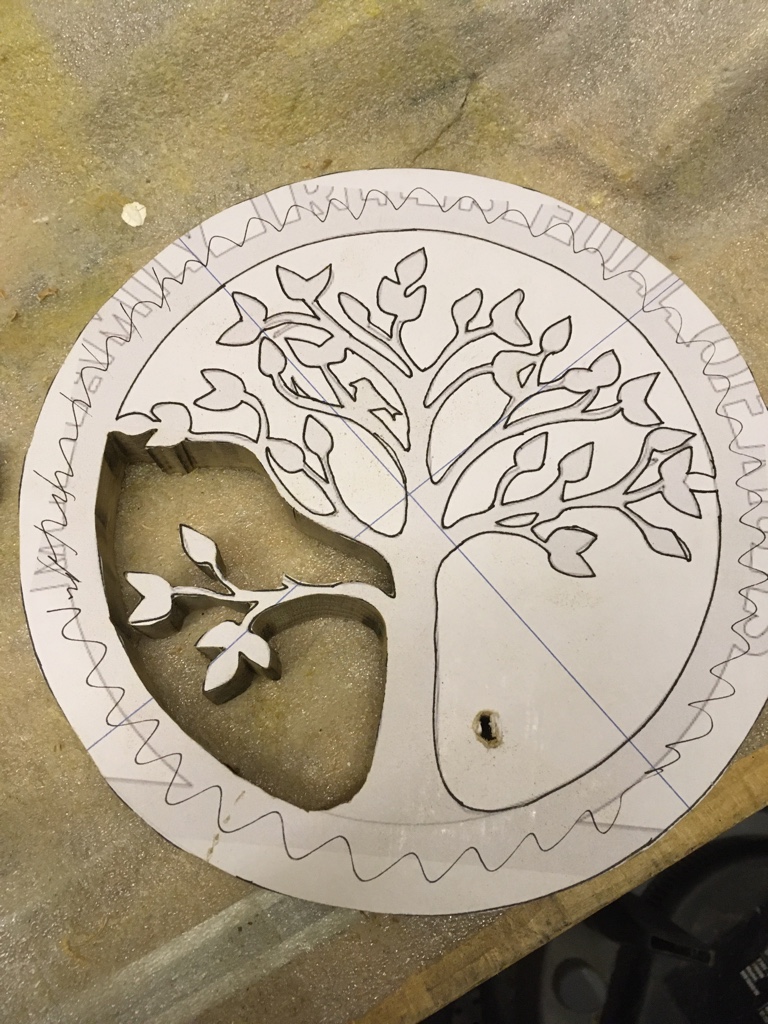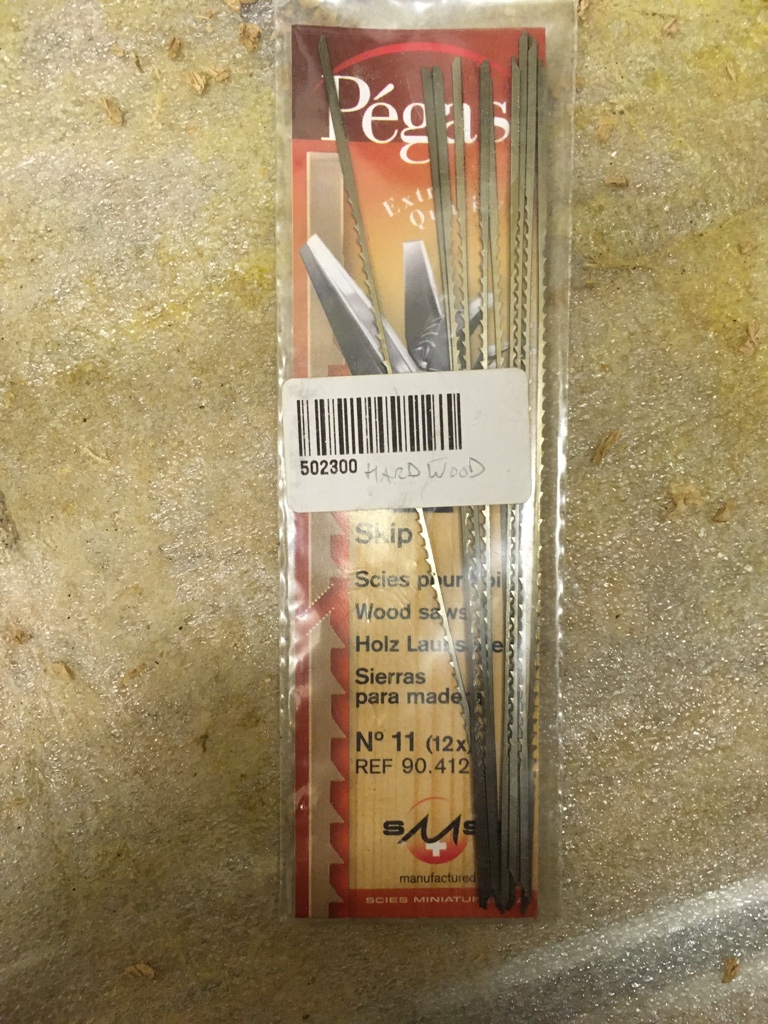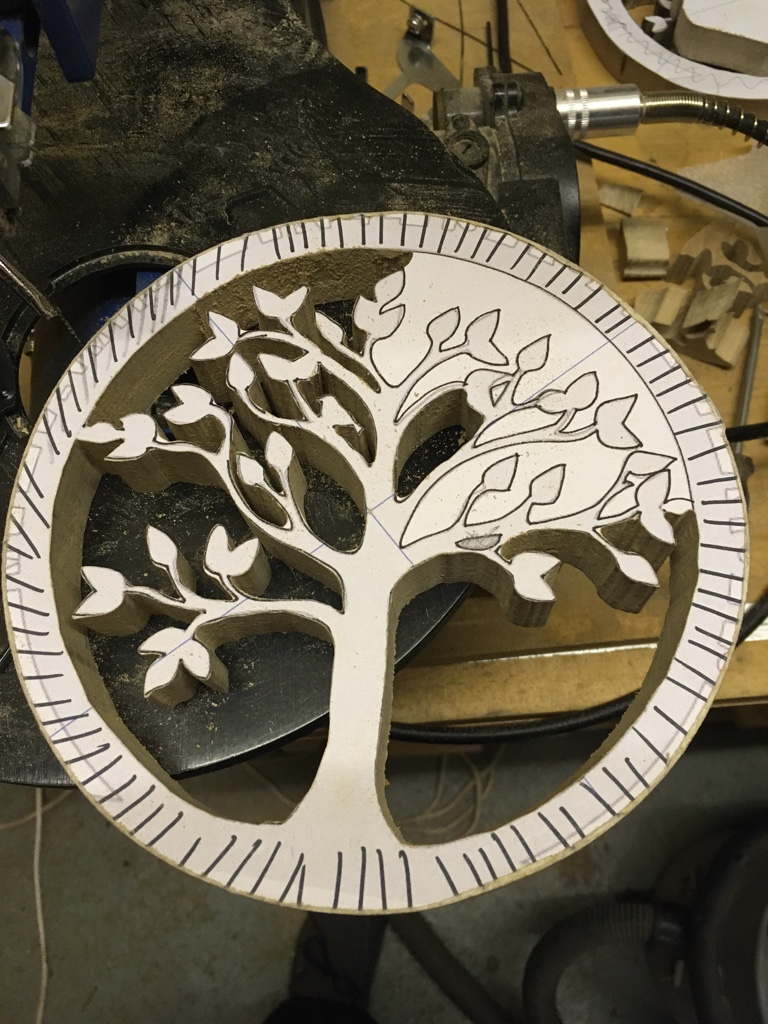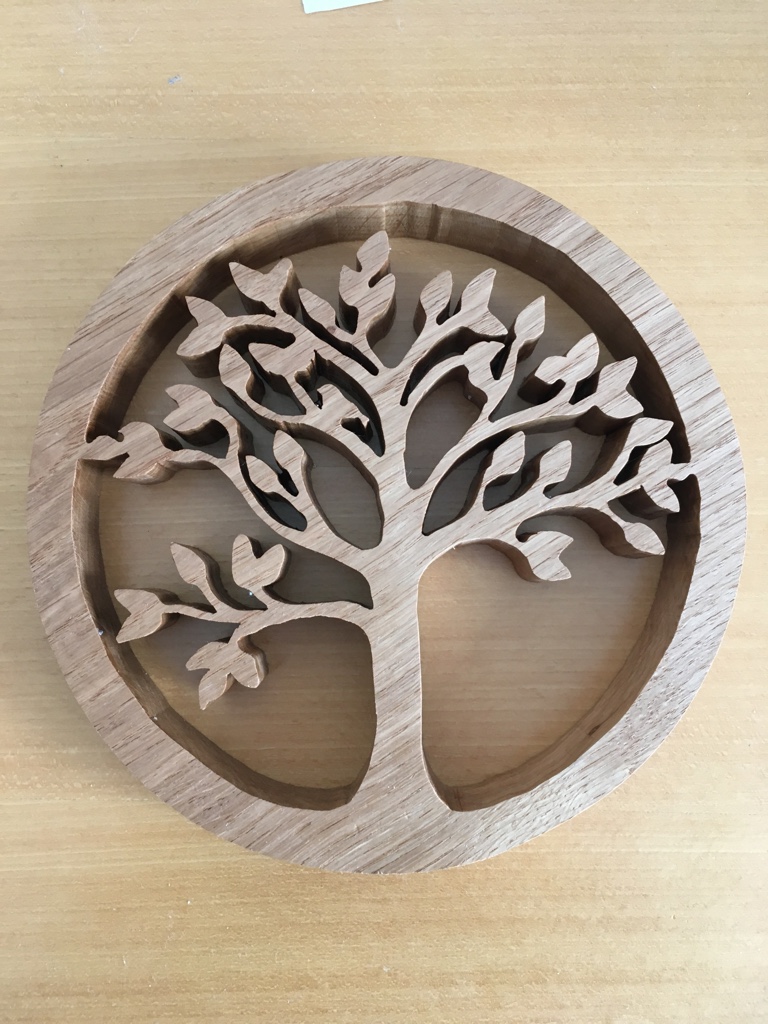weekend_woodworker
Established Member
Hi, we have had a sheppach scroll saw for about a year now and are trying to make some things for Christmas. However when trying to cut this inch thick oak the blade does not seem to be cutting vertically. Are there any suggestions as to what might improve it?

This is the photo of the back and this is the photo of the front:

And these are the blades we are using:

I think they are suitable for hardwoods an inch thick. We are getting the blade nice and tight, but it seems to need a reasonable amount of force to push the wood through the blade. We had been using some Olson blades before, are these better?
Thanks
Mark
Sent from my iPhone using Tapatalk

This is the photo of the back and this is the photo of the front:

And these are the blades we are using:

I think they are suitable for hardwoods an inch thick. We are getting the blade nice and tight, but it seems to need a reasonable amount of force to push the wood through the blade. We had been using some Olson blades before, are these better?
Thanks
Mark
Sent from my iPhone using Tapatalk


































